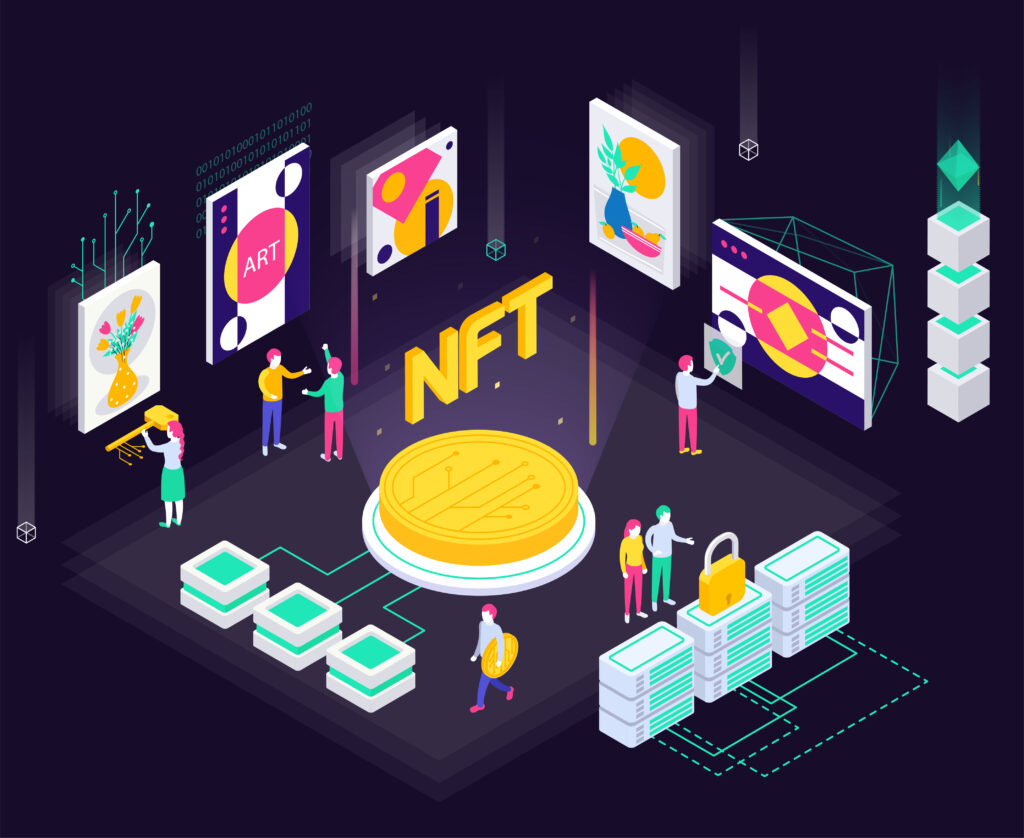
We’ve all seen the headlines. It’s no secret that one of cryptocurrencies’ main traits is its skyrocketing volatility. When Bitcoin reached the dizzying heights of $20,000 in December last year, it sent FOMO rushing through those who hadn’t invested yet. And sparked off parties in the living rooms of those who had. Cryptos were on the up and up in 2017 and yet, this year has been positively dreadful by comparison.
So what’s going on?
Having reached a whopping $834 billion in value, CoinMarketCap reported that the market plunged sharply by over 66 percent, equating to a loss of more than $500 billion. Bitcoin’s value was slashed by more than half, and Ether and Ripple suffered similar drops.
All this upping and downing began to send shockwaves through the crypto and wider communities, provoking talk about whether the bubble is about to burst and if the end of digital currencies is in sight.
So What’s Behind Cryptos’ Fall?
There are a few schools of thought on this. Some say the fear of missing out late last year drove masses from the wider public to invest. This led to an over inflation of prices from which the market is only now beginning to stabilize, explaining the reason for the price dip. Others believe there are a combination of wider factors at play.
Negative Press
With the abundance of news of hacking scandals and the recent hack of Coincheck, which caused a $530-million loss for the company, security is a major issue for cryptocurrencies. And it’s one that’s causing many an investor to stay away or pull out. News of fly-by-night ICO teams raising millions of dollars and disappearing with investors’ money does little to add credibility either.
Tensions that are already running high are not eased by rumors of scam artists and dark deeds. Neither are investors happy to hear of increased regulation and investigation by the SEC, and concerns that many ICOs are being investigated and shut down. Economists around the world spelling doom and gloom and the Bank of Austria calling Bitcoin’s value “pure speculation,” have also served to fan the flames.
Added to that, the Chinese ban on cryptocurrencies altogether and the fact that India and other countries may follow suit, and it’s almost easy to see why cryptos plummeted.
A Comeback for Cryptos?
While some see it as the doomsday predicted by many, others see it as an opportunity to buy more or to hold. Your next move here depends on the kind of investor you are. One comfortable with sharp drops and rises, or one who panics about unexpected downturns.
After a dire start to the year, March has begun in a sprightlier way for Bitcoin, Ether, and friends. Bitcoin is clawing back its value, currently standing at $11,300. The market has surged by over $400 billion, and Ethereum and Ripple are flying high, increasing value by over 20 percent.
What does all this increase in activity mean for cryptos as we move into the future? A second surge in value, perhaps, with cryptos reaching over a trillion dollars? Or a crypto-style nuclear winter that sees digital currencies quashed by regulation? Either way, it’s going to be a wild ride.
















Hi. I have checked your theblocktalk.com and i see you’ve got some duplicate content so probably it
is the reason that you don’t rank hi in google.
But you can fix this issue fast. There is a tool that rewrites content like human, just search in google: miftolo’s tools
Really well written blog post! Thanks for passing onn aand I’ve
definitely acquired a number of ideas. Do you do tutorials?
Really well written piece! I shall most definitely use some of the tips myself,
you are fantastic. Have you got a email list I can also check out?
I just wanted to keep reading! I have picked up a
great deal of ideas, many thanks for sharing. When is the next blog post available?
I just wanted to keep reading! I’ve learnt plenty of useful
tips, many thanks for posting. Do you do tutorials?
Brilliant blog post! I shall absolutely use some of the suggestions
myself, you are fantastic. Do you do tutorials?
I really wanted to keep reading! I’ll most definitely use some of the tips myself, you are
great. Do you do tutorials?
I reallyy wanted to keep on reading! Thank you for blogging and I’ve undoubtedly learnt ome useful tips.
Do you do training?
I just wanted to continue reading! I’ve learned plenty of useful tips,
thanks for sharing. Do you do training?
What’s up, after reading this amazing piece of writing i
am also glad to share my know-how here with friends.
I feel that is among the so much vital info for me. And i am satisfied studying
your article. But want to observation on some normal issues, The web
site taste is ideal, the articles is in point of fact great :
D. Excellent job, cheers
Thanks , I’ve recently been looking for info approximately this
topic for a long time and yours is the best I have found out so
far. But, what about the bottom line? Are you certain in regards to the supply?